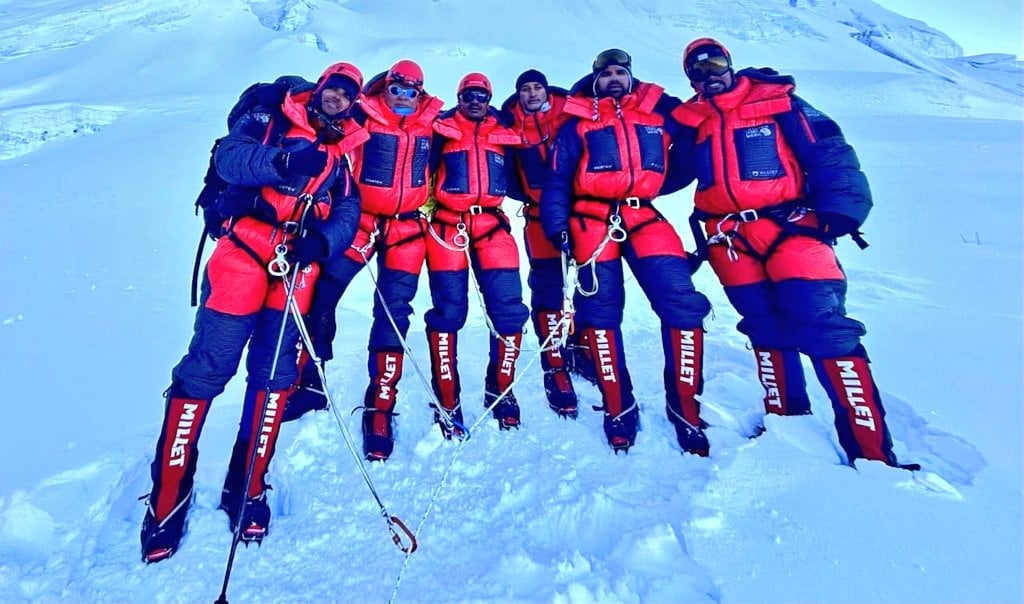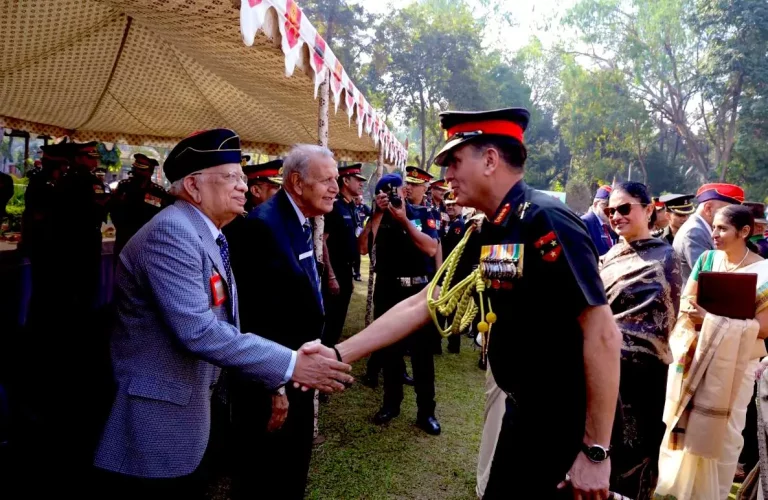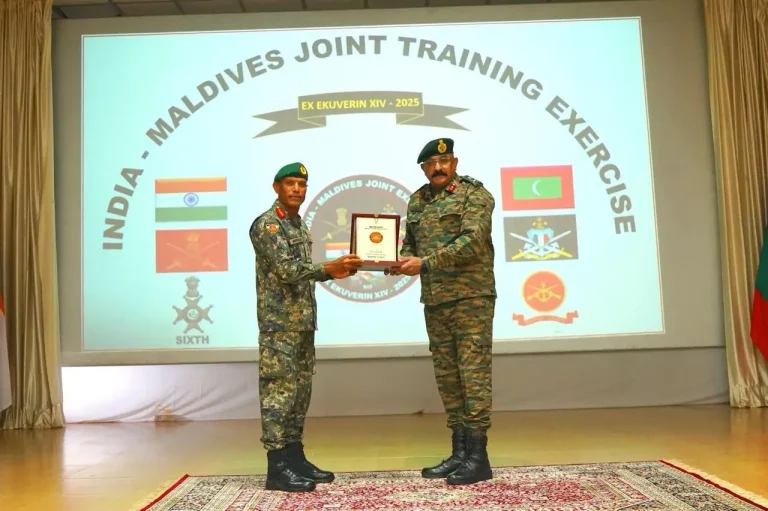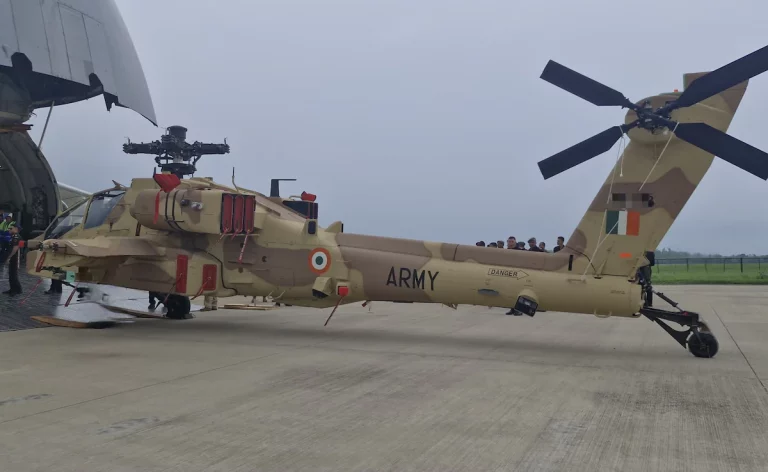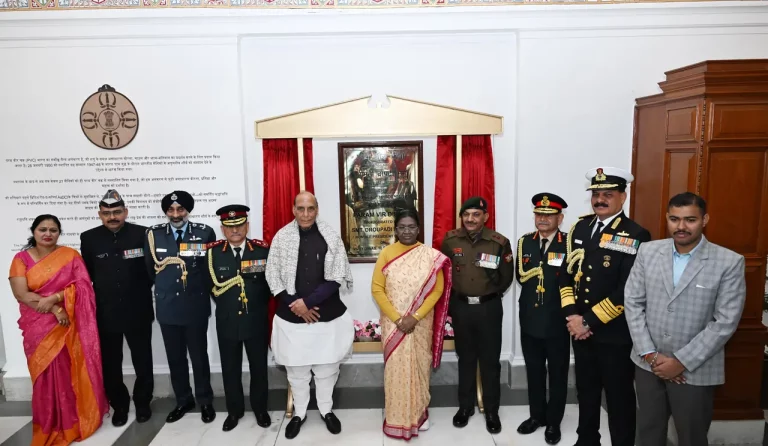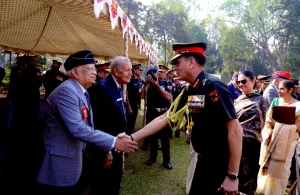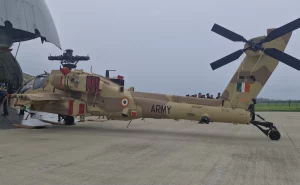In a remarkable achievement of endurance and collaboration, a joint military expedition from India and Nepal has successfully reached the summit of Mount Kanchenjunga, standing at 8,586 meters, which is recognized as the third-highest mountain in the world. The climbers bravely faced extreme cold, challenging ice formations, and low oxygen levels, marking a significant moment in both military and diplomatic relations.
The expedition was spearheaded by Colonel Sarfraz Singh of the Indian Army and Captain Prashant Khanka from the Nepali Army. The elite team, comprising four Indian and three Nepali soldiers, summited as the morning sun cast its warm glow over the Himalayan expanse. Adorned in advanced Millet mountaineering gear and utilizing oxygen masks, the climbers stood united at the peak, proudly displaying their national flags amidst the thin mountain air.
This expedition is a part of a broader Indo-Nepal bilateral initiative that commenced on April 4, 2025, initiated by Indian Defence Minister Rajnath Singh. The initiative saw the launch of simultaneous expeditions to both Mount Everest and Mount Kanchenjunga, designed to strengthen strategic and cultural ties through shared challenges in high-altitude environments, thus enhancing mutual trust between the neighboring military forces.
Mount Kanchenjunga, which straddles the India-Nepal border, is notorious for its technical challenges, including unpredictable avalanches and treacherous weather conditions. The peak’s ascent is far more formidable compared to Mount Everest, with a reported success rate of under 40%, according to a 2023 study published in the Journal of Mountain Science. This makes the successful climb by the joint team even more noteworthy.
Colonel Sarfraz Singh, a recipient of the Tenzing Norgay National Adventure Award and Director of the National Institute of Mountaineering and Allied Sports (NIMAS), brought invaluable experience to the mission. His impressive track record includes summiting Everest in 2018 and leading expeditions to various peaks, including Mount Kangto and Trishul. His leadership, coupled with the strategic planning and resilience displayed by both military teams, played a crucial role in achieving this challenging ascent.
Beyond its mountaineering significance, this joint expedition reinforces the robust defense ties between India and Nepal, two nations that share cultural, historical, and military bonds, along with joint training programs. With the increasing importance of border management and high-altitude warfare in the region, such joint ventures not only provide practical training experiences but also foster relationship-building and cooperation.
The successful ascent of Kanchenjunga will be remembered for both its symbolic and practical significance, embodying unity, courage, and readiness in the face of daunting challenges. The mission underscores the shared commitment of both armies towards peace, partnership, and operational preparedness in one of the most challenging environments on Earth.
